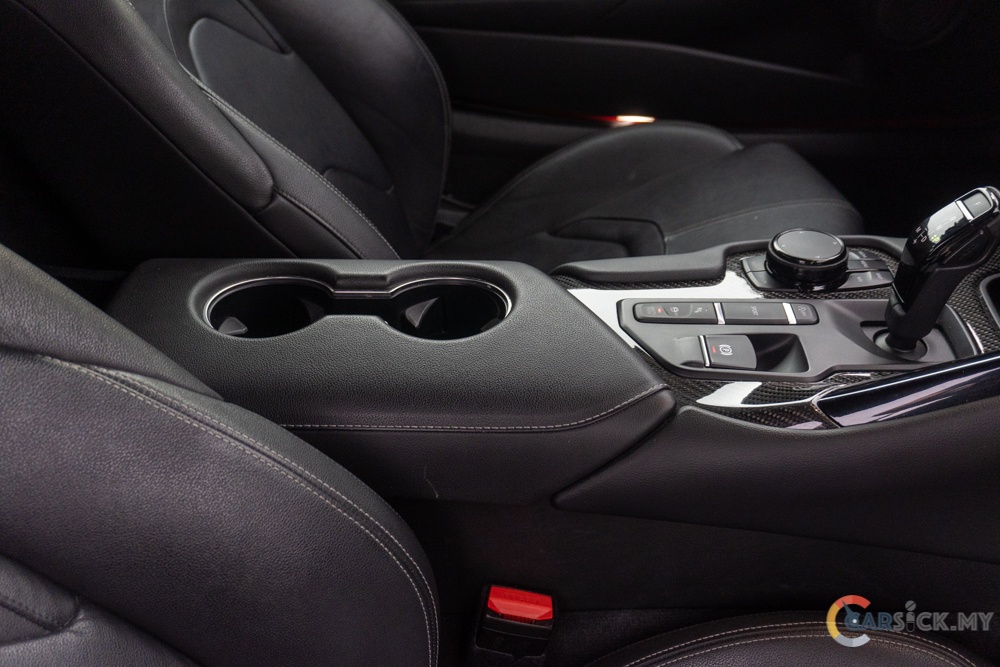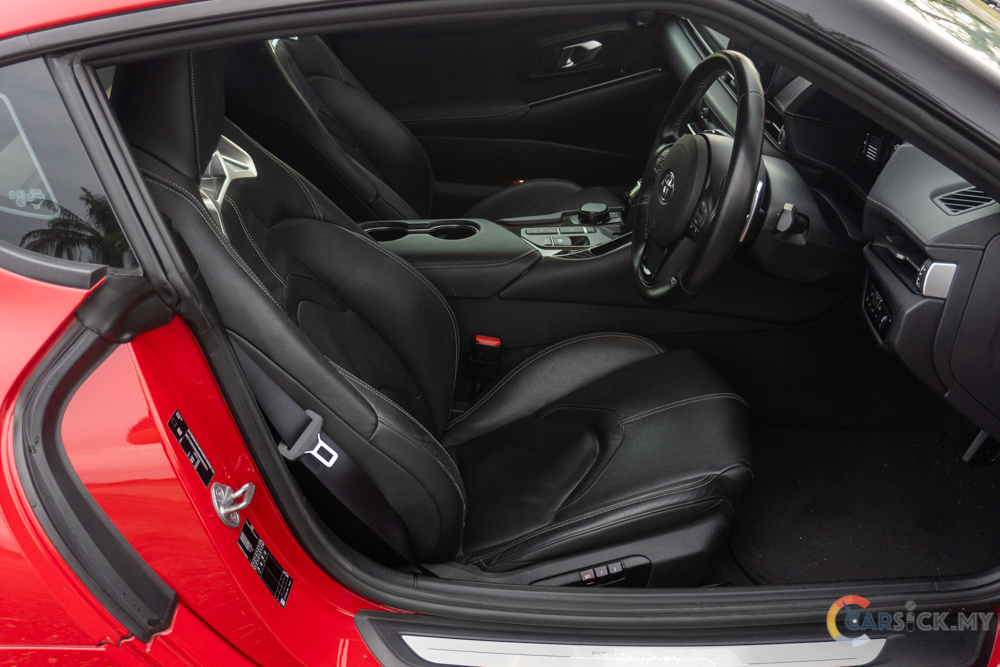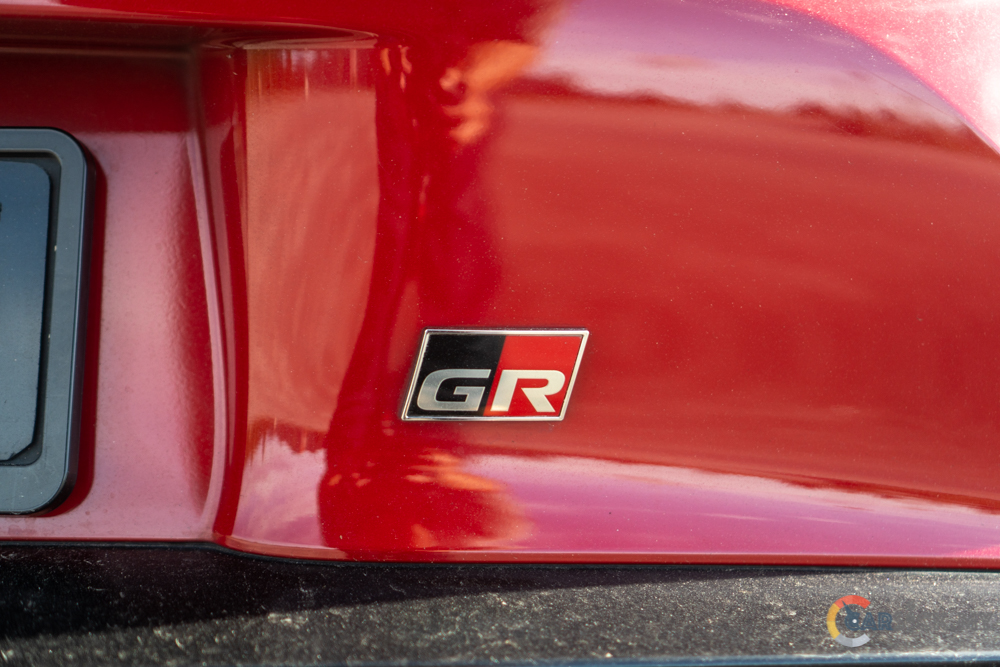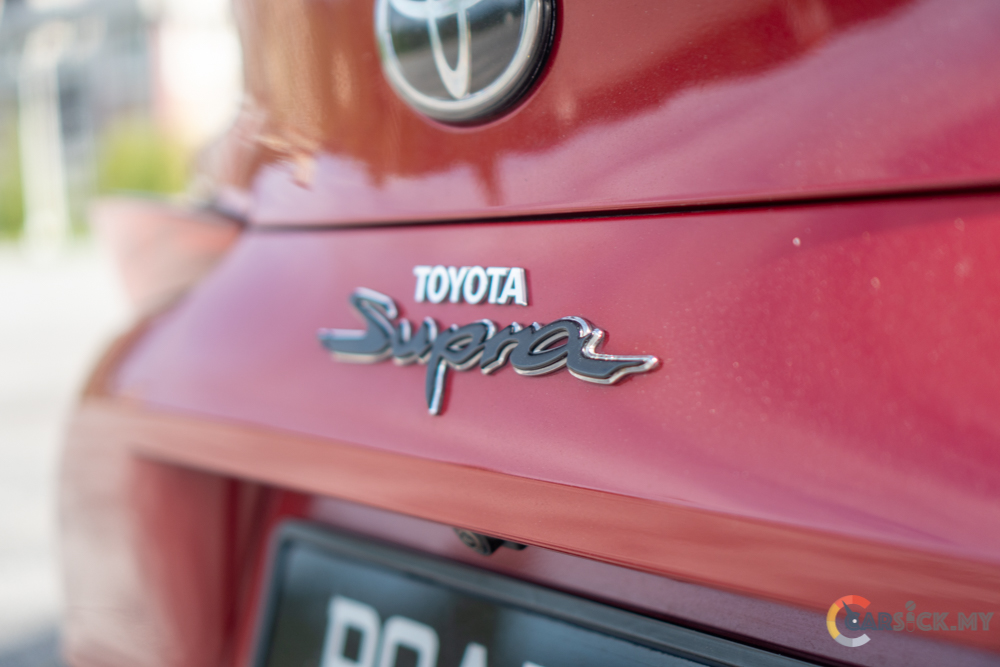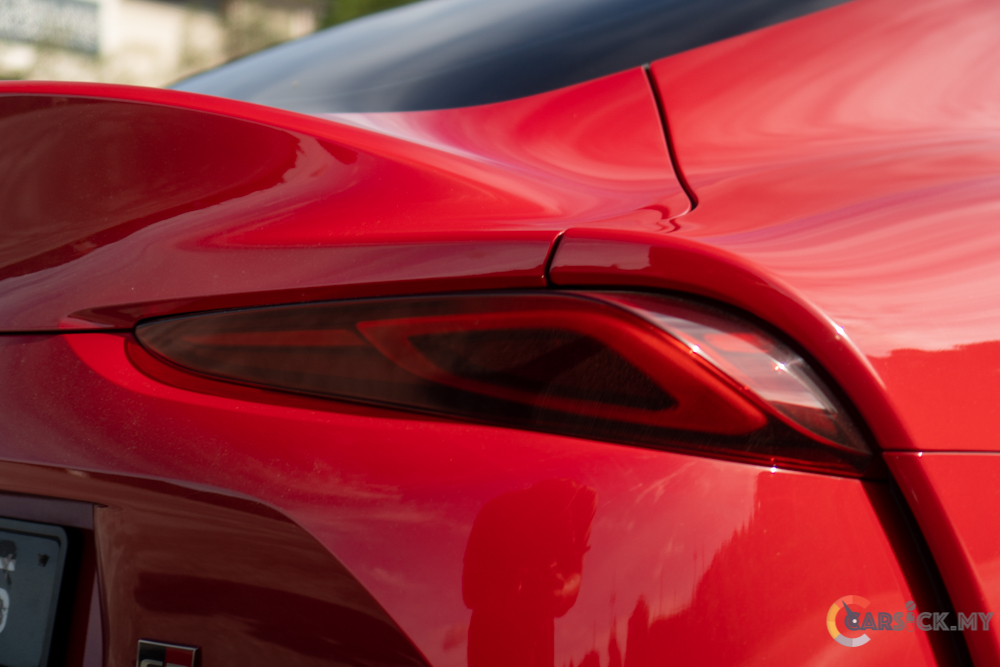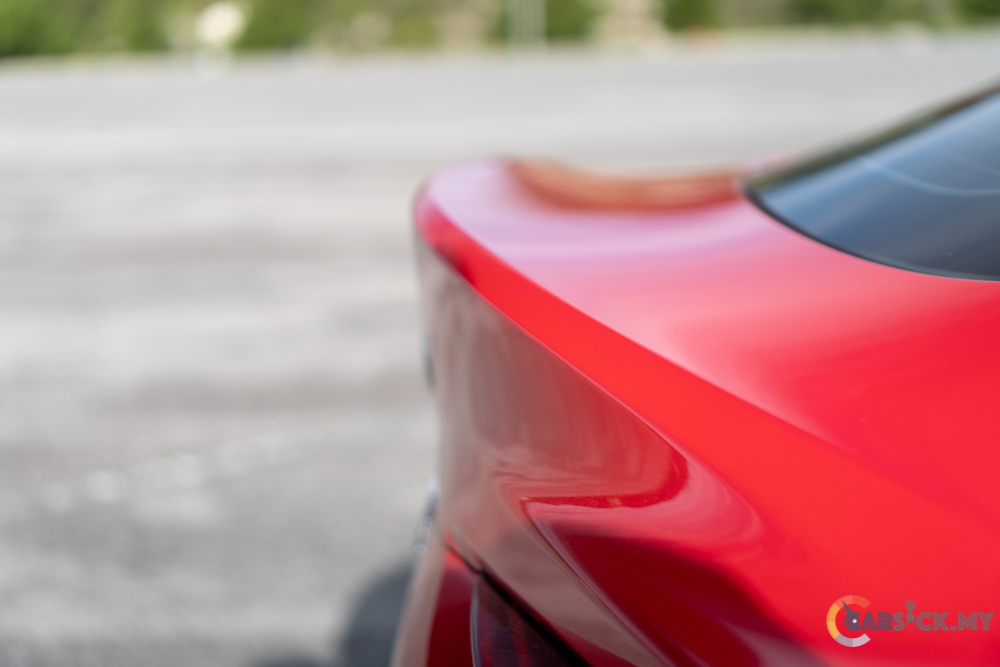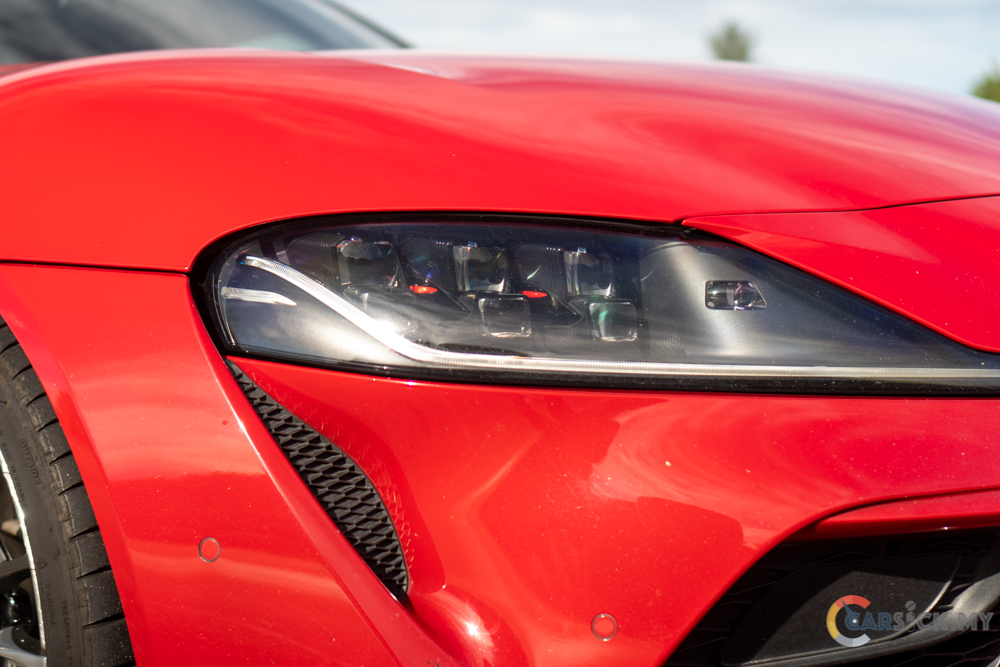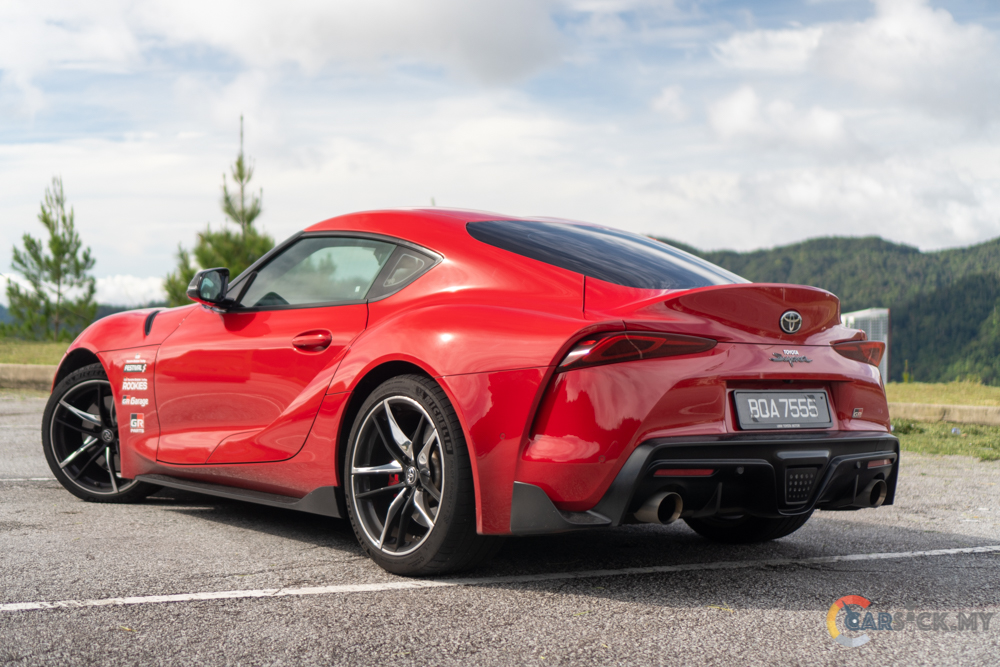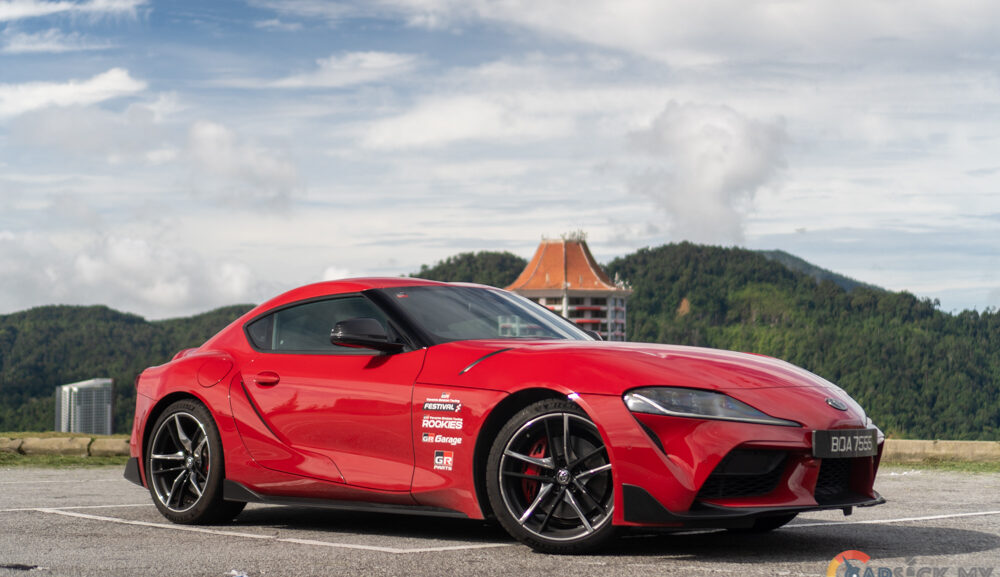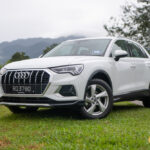For the Malaysian market, the most expensive vehicle that Toyota sells here is the high performance Toyota Supra. In the JDM world, the Toyota Supra has become one of the JDM legends that was sought after by car collectors and car enthusiasts alike. In order to bring back the Supra nameplate, Toyota has teamed up with BMW to co-develop the latest generation Supra that hits the market back in 2019. This time round, I will be taking a closer look at the Toyota Supra, and I’ll be sharing my experience with you here.
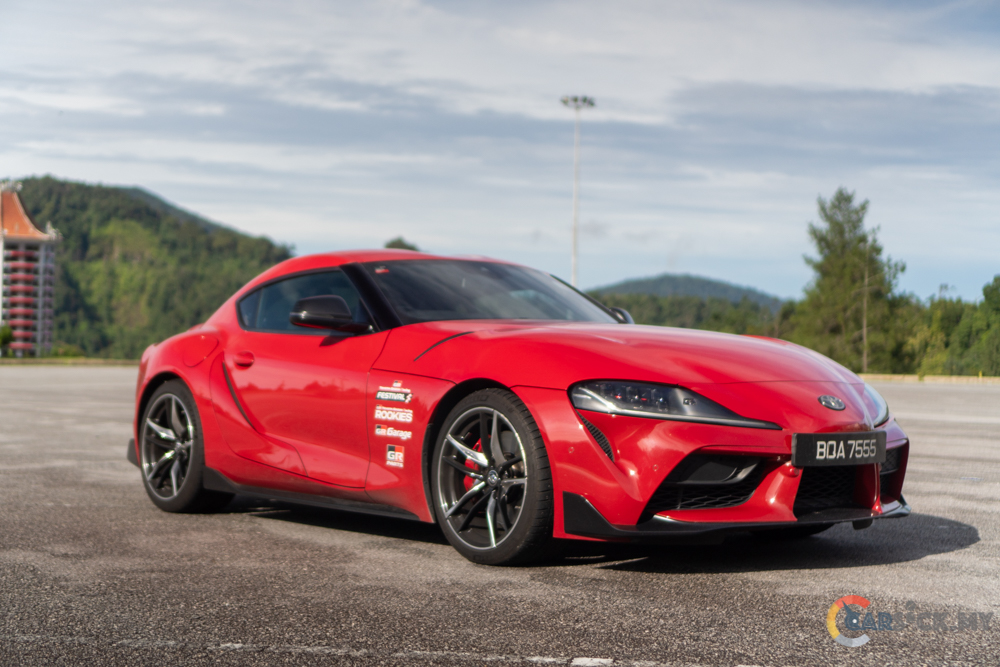
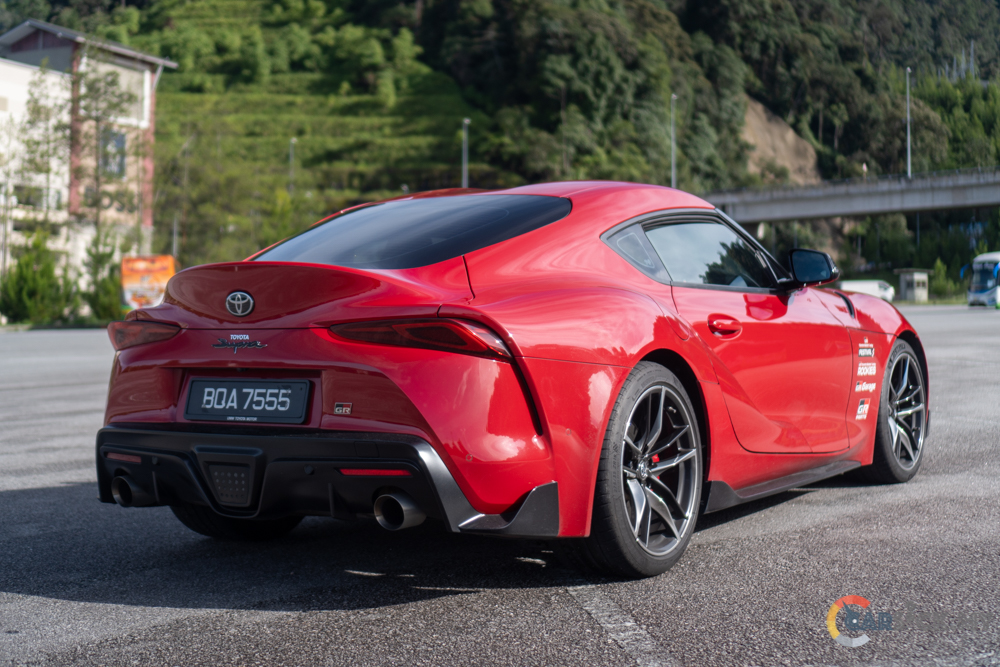 Considering that the Supra was launched back in 2019, this coupé is still an eye-catching vehicle when being driven around. The latest generation Supra retains its classic sports car shape, where there is a long hood upfront, and the driver sits close to the rear wheels. Approaching the Supra, I do notice that the car is not as big as the pictures suggest, and it’s also quite a low car with a low roof line. The highlight for me is at the rear, where the Supra comes with a rear diffuser with a center mounted reverse light and 2 large tailpipes, which makes the vehicle look like a race car. And to top it all off, the Supra comes with large 19-inch dual tone rims wrapped in 255/35 R19 tyres up front, and a wider 275/35 R19 tyres at the rear.
Considering that the Supra was launched back in 2019, this coupé is still an eye-catching vehicle when being driven around. The latest generation Supra retains its classic sports car shape, where there is a long hood upfront, and the driver sits close to the rear wheels. Approaching the Supra, I do notice that the car is not as big as the pictures suggest, and it’s also quite a low car with a low roof line. The highlight for me is at the rear, where the Supra comes with a rear diffuser with a center mounted reverse light and 2 large tailpipes, which makes the vehicle look like a race car. And to top it all off, the Supra comes with large 19-inch dual tone rims wrapped in 255/35 R19 tyres up front, and a wider 275/35 R19 tyres at the rear. 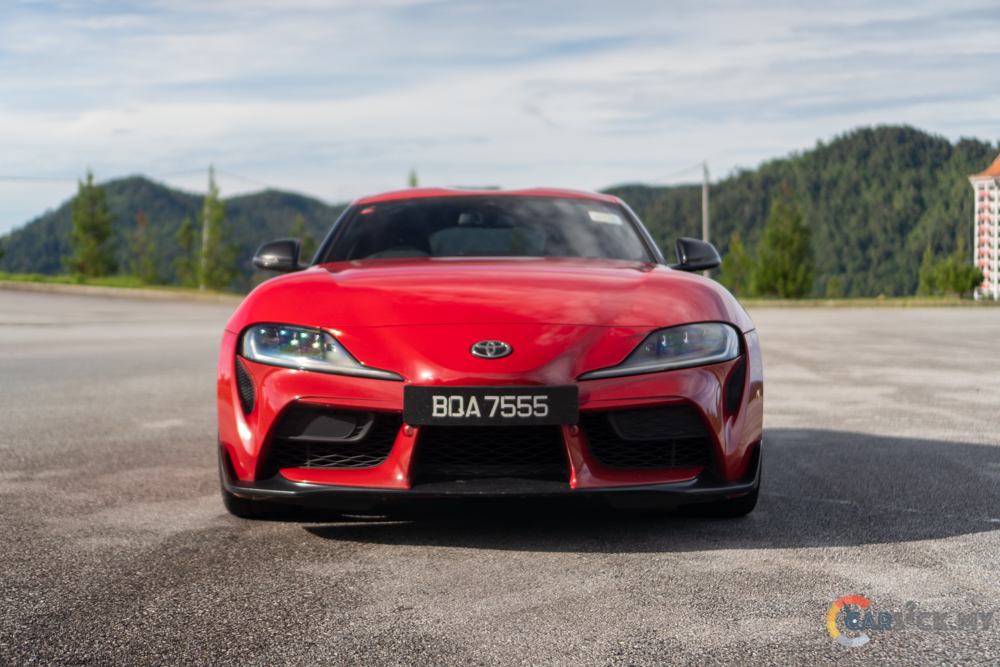


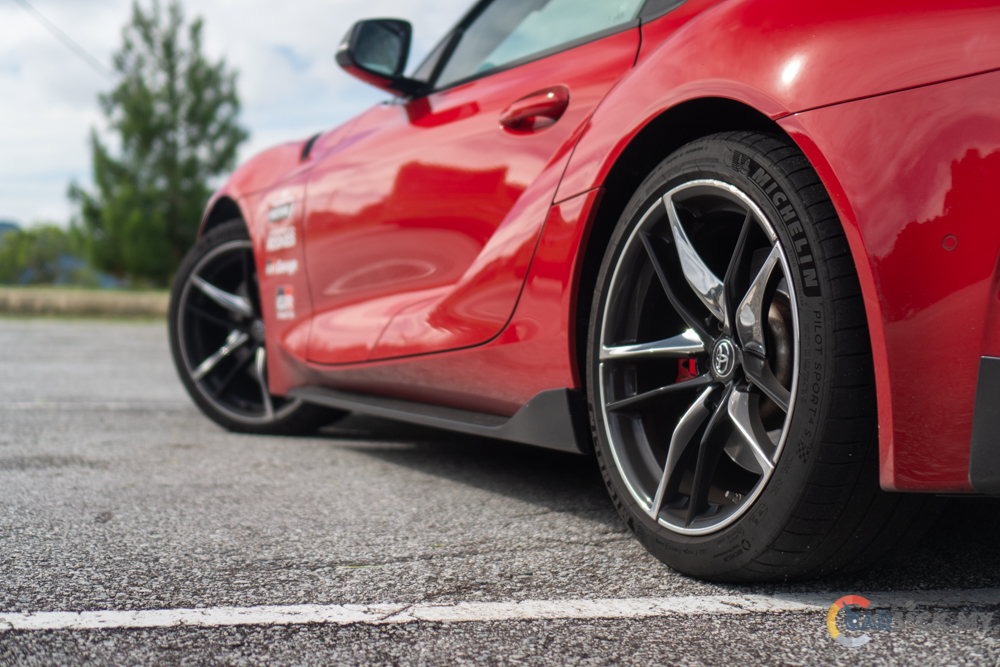
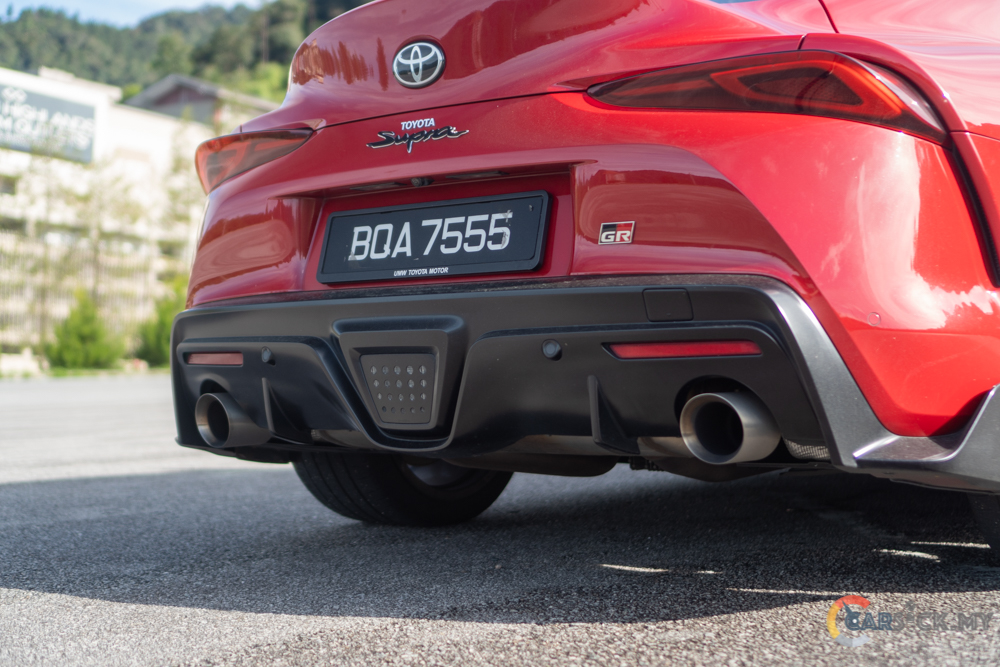 With such a low roofline vehicle, getting in and out of the Supra can be quite a chore especially for people who are not that flexible. Once inside, I do notice that the interior of the Supra is on the smaller side, and having an all black interior did not help either. But when I sit in the driver seat, I can get into my comfortable driving position easily. The driver sits pretty close to the ground, and the seats do provide necessary comfort and support for any driving situation. The view out of the vehicle is rather limited, and looking out of the windscreen feels like looking out from a letterbox.
With such a low roofline vehicle, getting in and out of the Supra can be quite a chore especially for people who are not that flexible. Once inside, I do notice that the interior of the Supra is on the smaller side, and having an all black interior did not help either. But when I sit in the driver seat, I can get into my comfortable driving position easily. The driver sits pretty close to the ground, and the seats do provide necessary comfort and support for any driving situation. The view out of the vehicle is rather limited, and looking out of the windscreen feels like looking out from a letterbox. 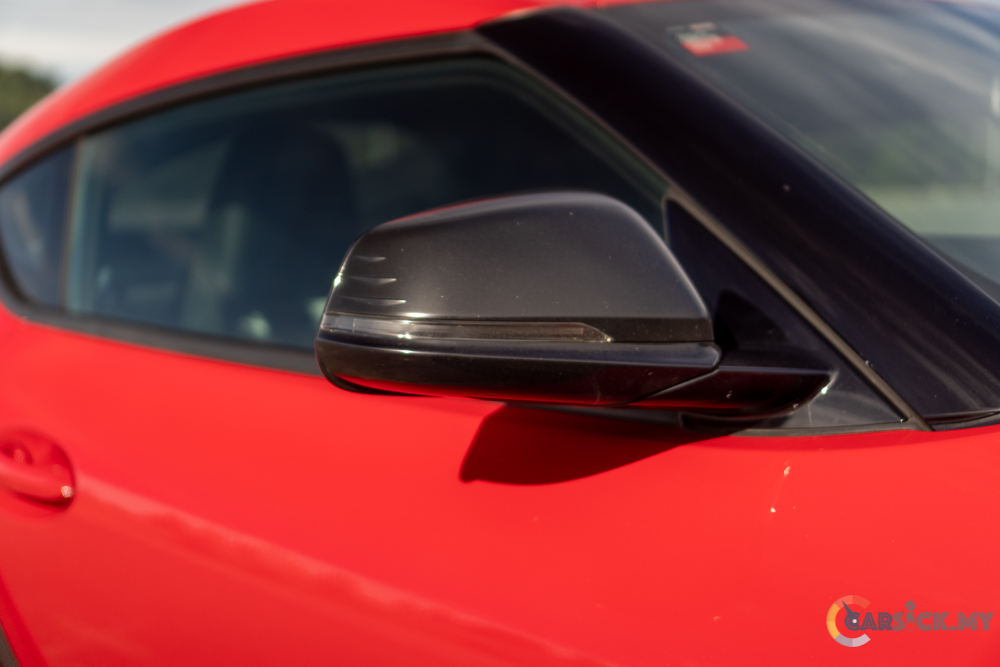
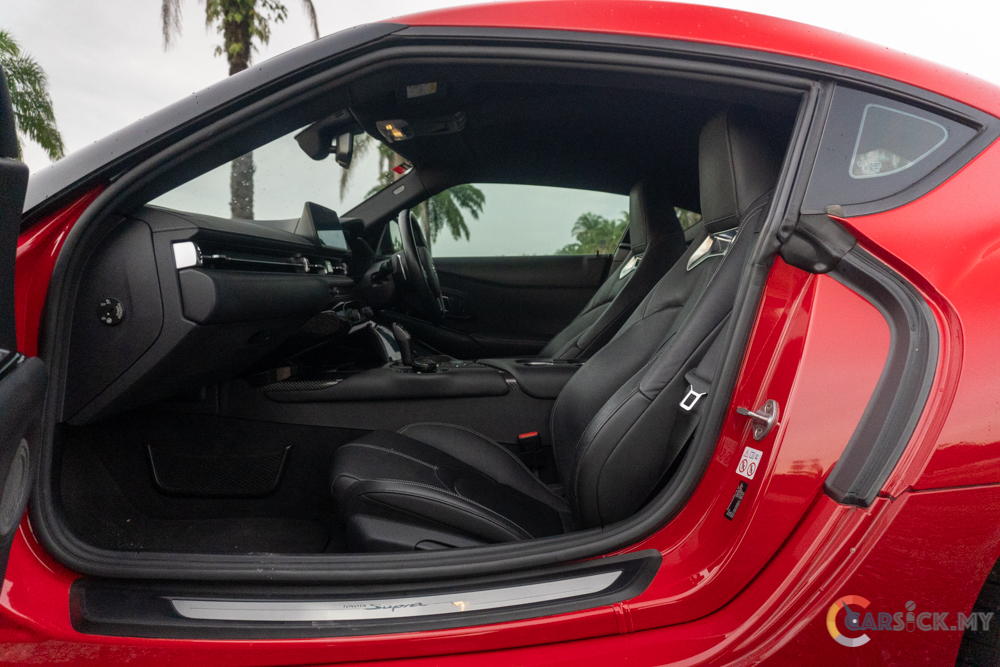
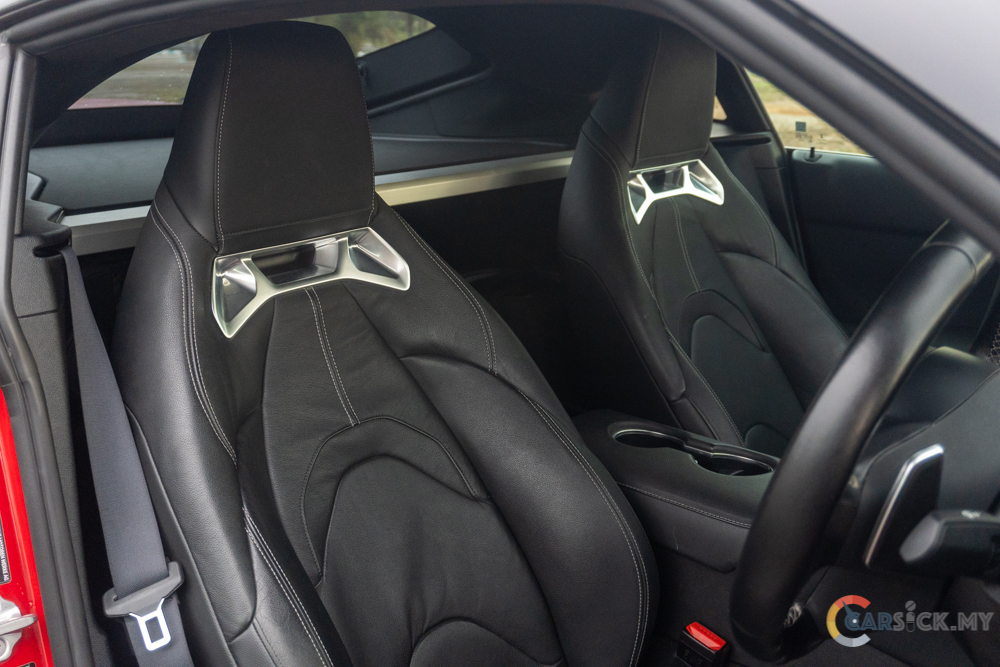
Around the cabin, there are many areas in the Supra that are familiar to any BMW owners. These include the dashboard layout, the switches and toggles, and of course the gear lever. Starting with the instrument cluster, Toyota has given the Supra an 8.8-inch digital instrument cluster that is easy to read. The instrument cluster display looks clean and simple, which allowed the driver to put their focus on driving. To further help the driver in keeping their eyes on the road, the Supra also comes with a heads up display that shows necessary information on to the windscreen. 
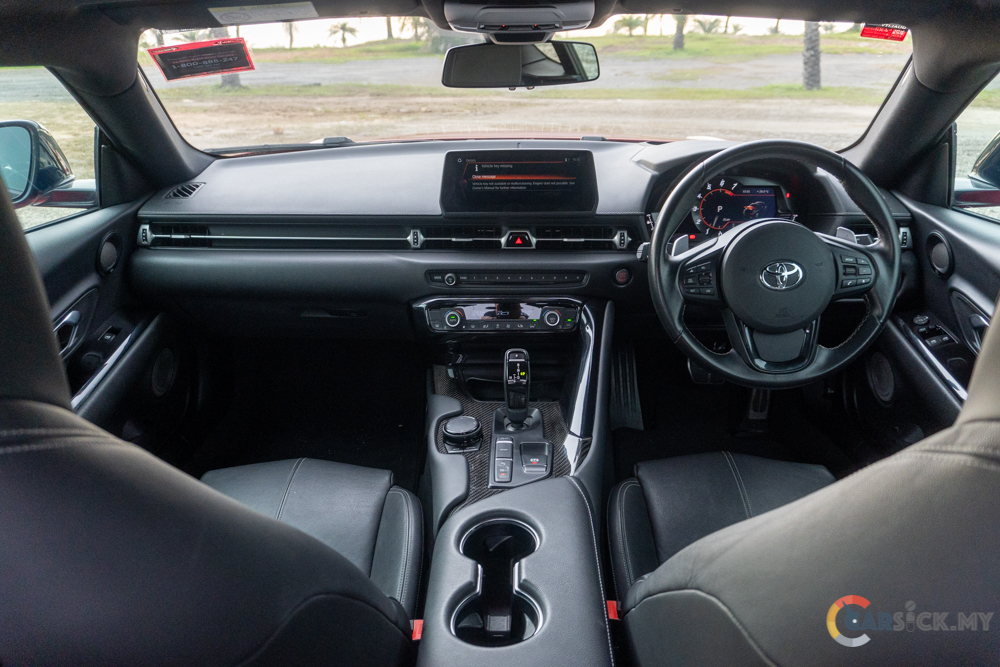
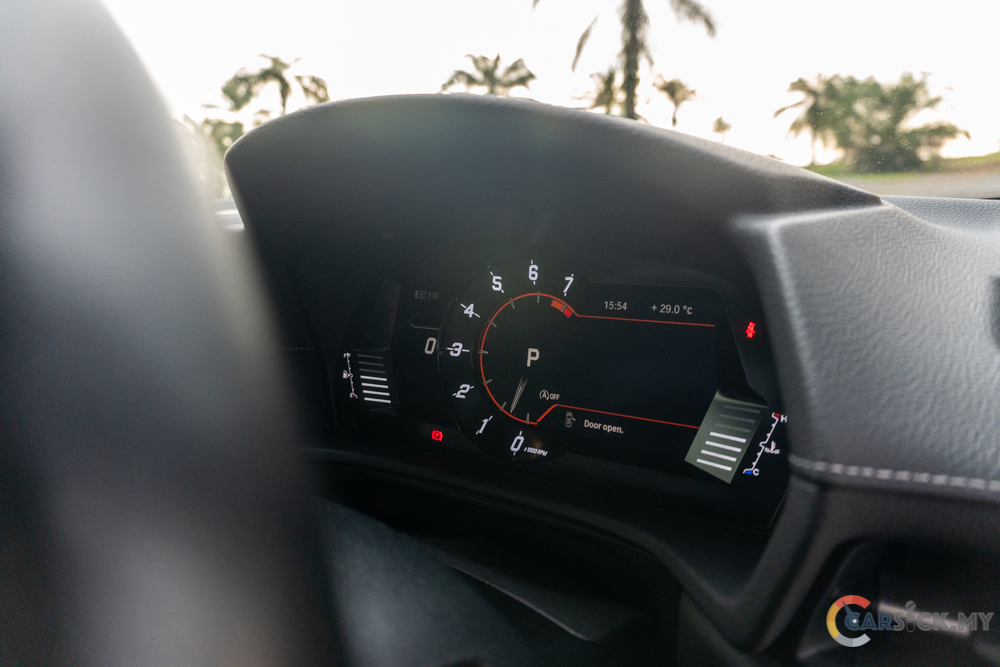
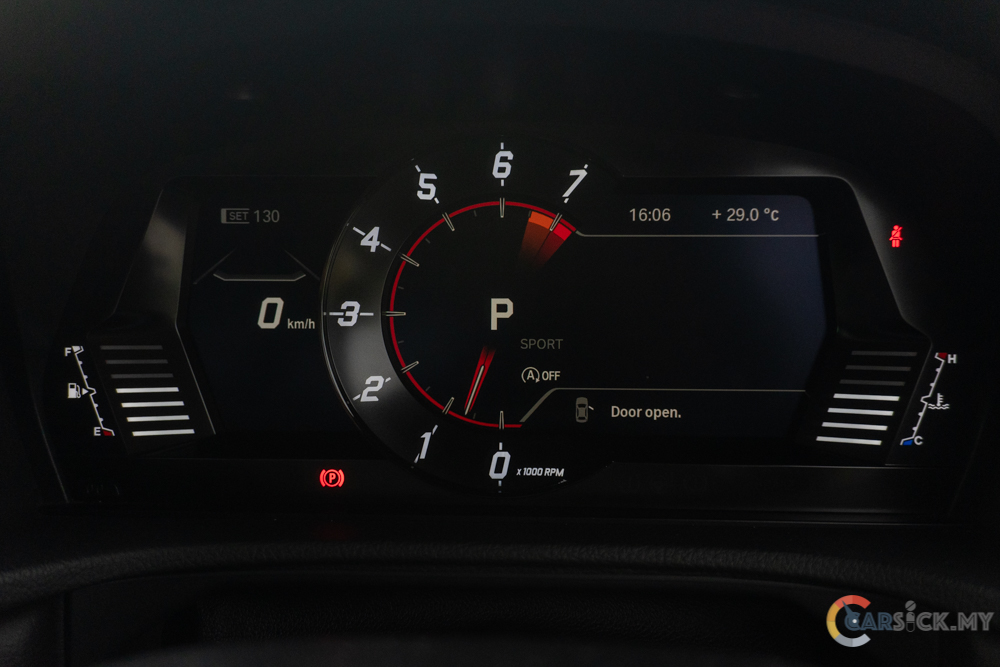
Just like the instrument cluster, the infotainment screen on the Supra also measured in at 8.8-inch, and it’s running the BMW operating system. Since this Supra was a 2019 model, the infotainment screen did not receive the Android Auto and Apple CarPlay update, which is available on the newer model. Under bright sunlight, the infotainment screen is really hard to see due to the glaring created by the sunlight. On top of that, the peak brightness for the infotainment screen is still not bright enough to overcome the glaring. I do hope that Toyota could increase the brightness of the screen, just to overcome the issue. 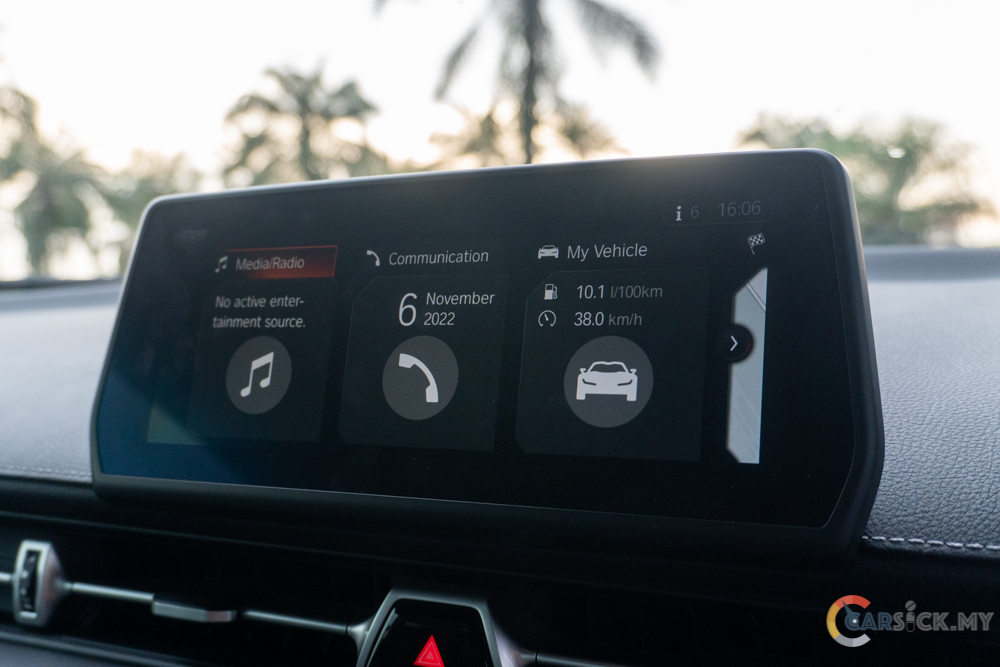

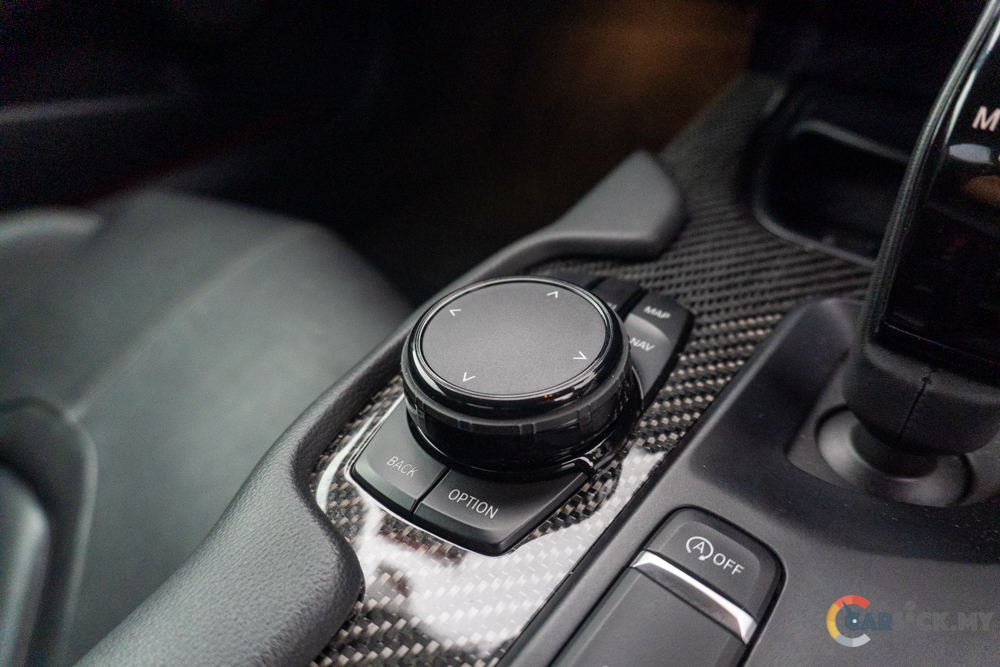
For such a small cabin, it’s quite surprising that Toyota managed to cramp a 12-speaker JBL premium sound system into it. This sound system sounded really good, but I did spend most of my time enjoying the sound coming from the exhaust. As the Supra did not come with any rear seats, the driver sits directly in front of the boot space. And to prevent items sliding into the cabin area, the boot and the cabin is separated by the 2 large speakers behind the front seats. While the 290L boot space may not sound like much, the large tailgate opening does provide better access into the boot. 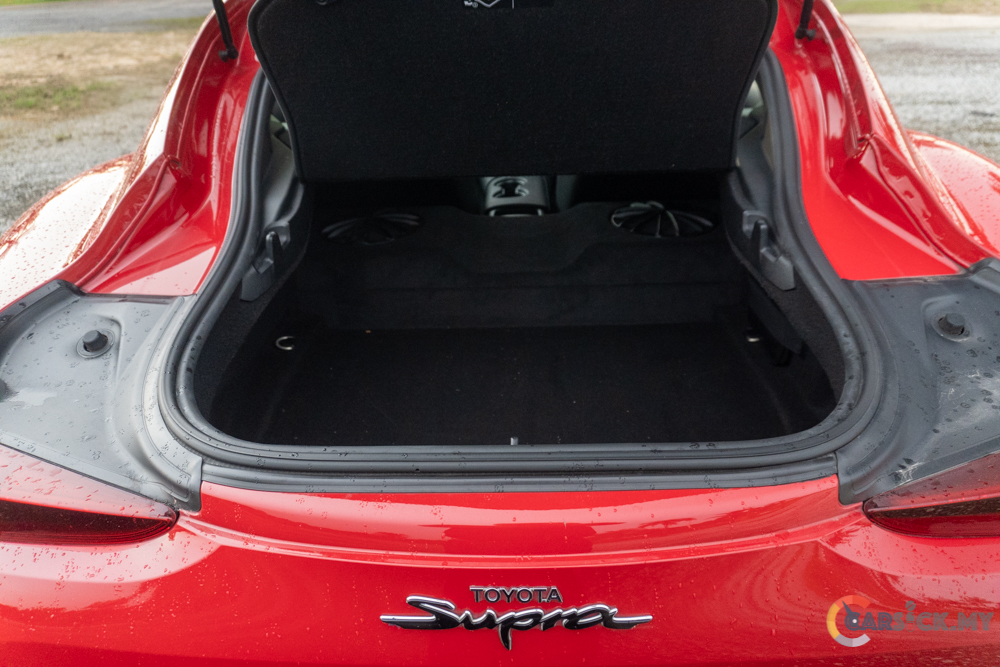
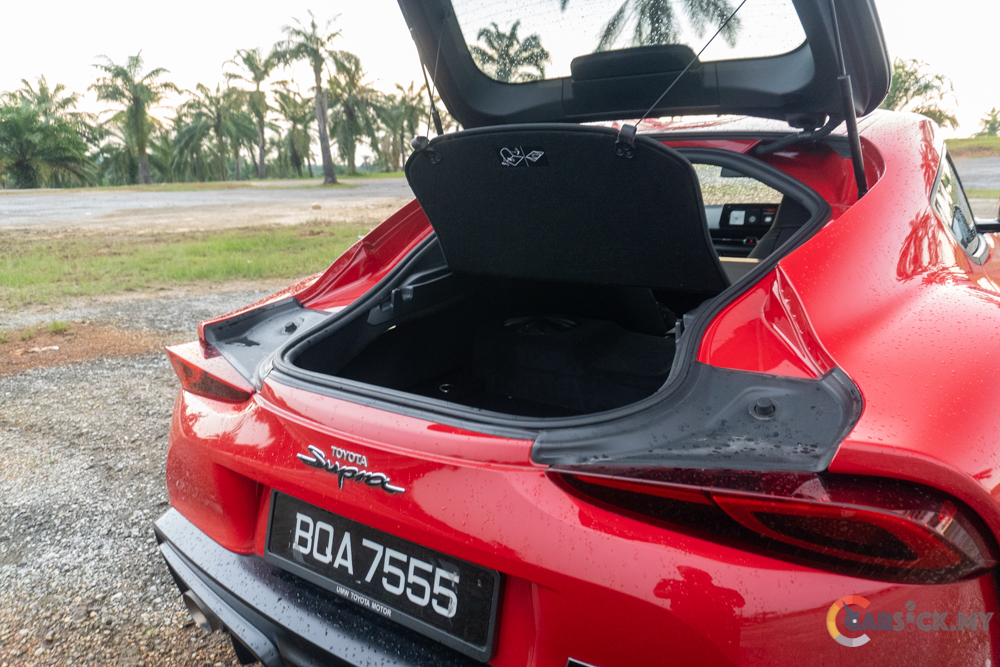
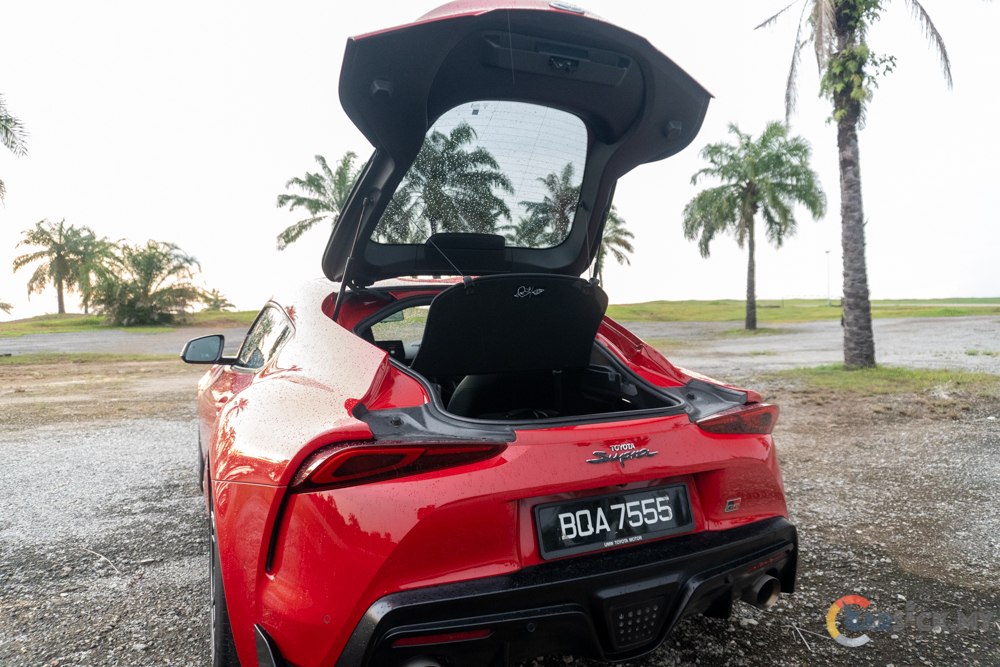
Staying true to the Supra spirit, the latest Supra will continue to be powered by a turbocharged inline 6 cylinder engine. This engine is the same engine that is powering the BMW 340i, and the power is sent to the rear wheels through the 8-speed ZF automatic transmission. According to the Toyota website, the latest updated Supra’s engine will be able to produce a maximum power of 388PS at 5,800–6,500rpm, and a peak torque of 500Nm at 1,800–5,000rpm. The Supra has the ability to accelerate from 0-100km/h in just 4.1seconds, and to a top speed of a limited 250km/h. 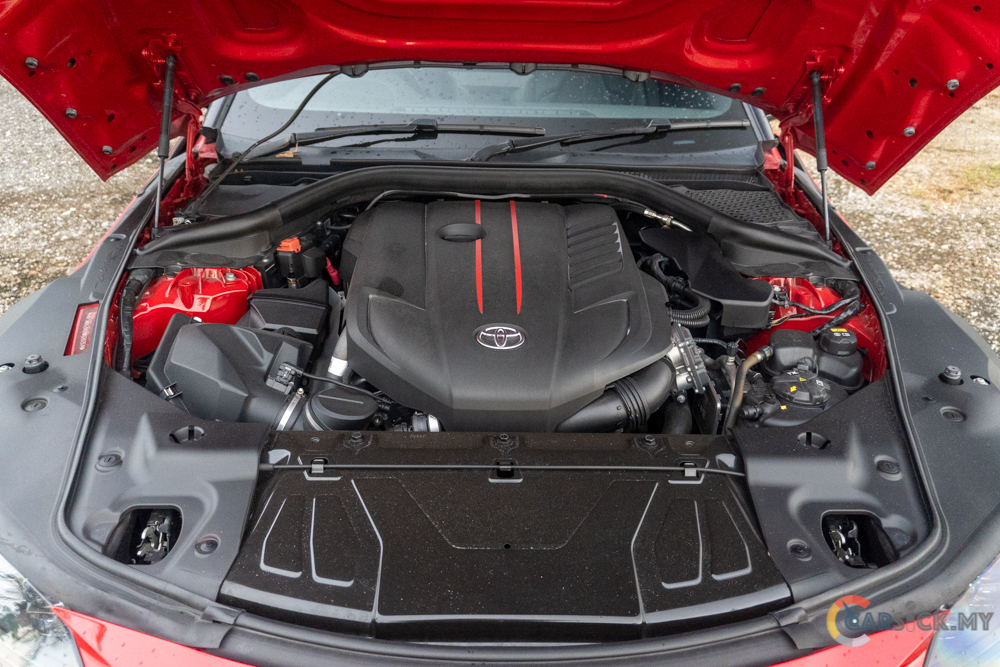
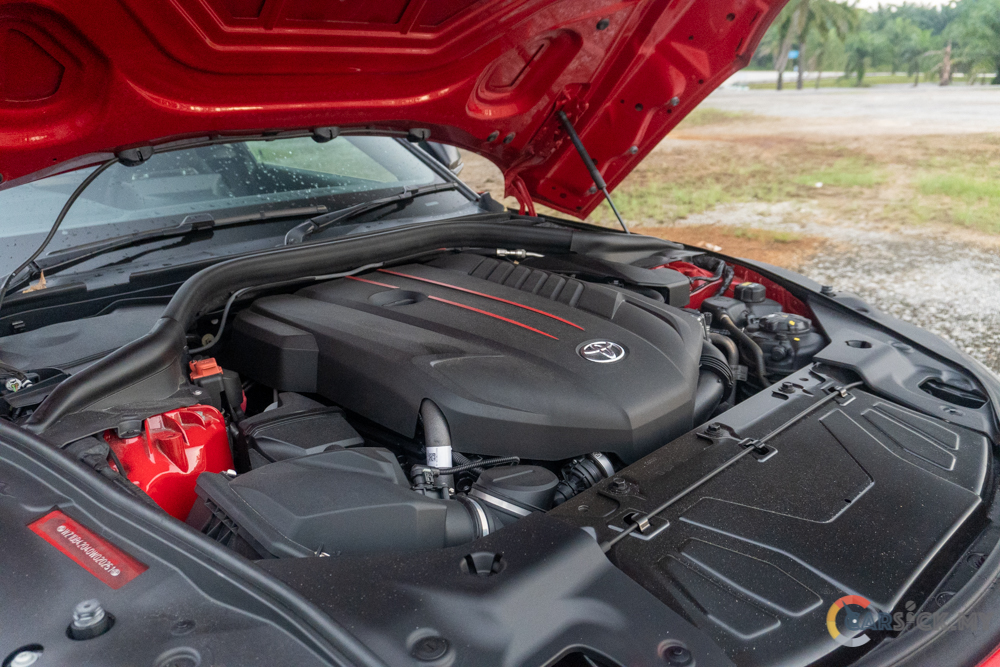

While the figures that were stated on the Toyota website are for the updated car, the 2019 Supra already has decent performance in its current state. This engine has the ability to provide a sudden burst of acceleration when I step on the throttle, and the turbo lag is kept to a minimum. This engine does produce a good amount of low end torque, which allows the driver to drive the Supra smoothly even at lower speeds. And to provide the driver with better throttle control, the throttle pedal of the Supra comes with a stiffer spring to aid the driver in modulating the throttle pedal.
Driving the Supra is an experience by itself, where there are certain precautions that the driver needs to be aware of. In tight spaces, the long hood could pose a challenge to the driver, as the driver can’t really see the edges of the bumper and the long overhang. Luckily, Toyota designers did add on slight bulges on top of the front wheels, to help the driver to guesstimate where the front wheels are. And with such a low vehicle, the ground clearance was surprisingly tall enough to clear most of the road humps on Malaysian roads. 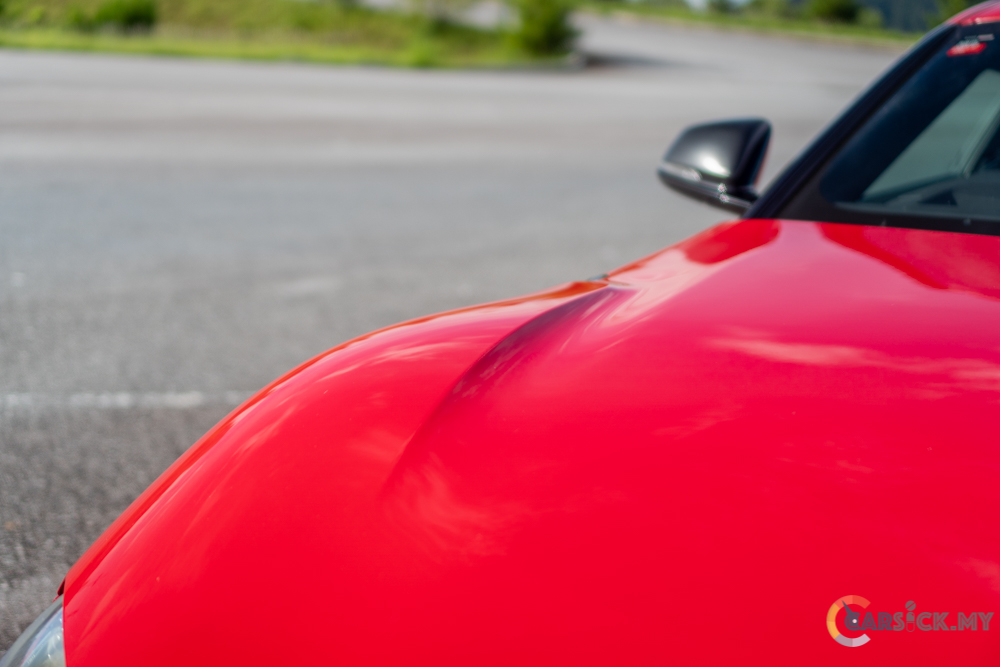
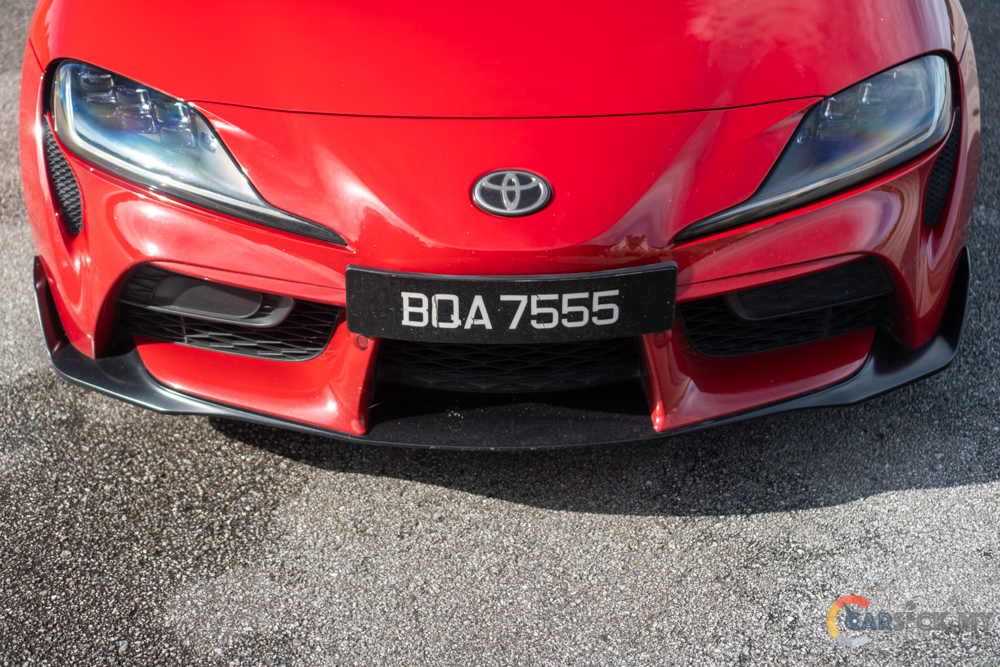
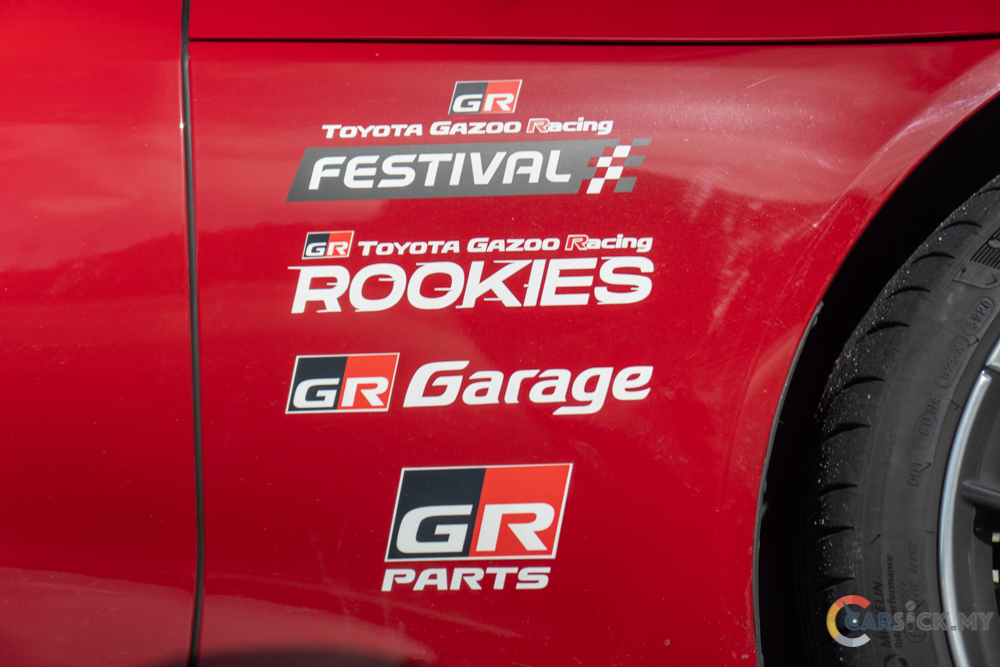
To keep things simple, the Supra only comes with 2 different drive modes, normal and sports mode. In the normal mode, the transmission will always be in the highest gear possible to keep the engine running in its most frugal mode. The exhaust is also more toned down, the suspension becomes more supple, and the steering wheel is on the lighter side. But then again, the suspension is on the stiffer side to start off with, which contributed to a busier ride. Even so, the Supra can still cruise over long distances in a comfortable manner.
But once the sports mode has been engaged, the Supra turns into a more driver focused machine. The suspension became stiffer, and the steering wheel became tighter to make the driver feel more connected to the vehicle. The transmission will now hold on to the lower gears longer, and the engine feels more eager to rev all the way to the redline, which allows the driver to extract the most out of the vehicle’s performance. On top of that, the exhaust valve has also been opened up to not only provide a louder exhaust note, but also pops and bangs on downshifts. 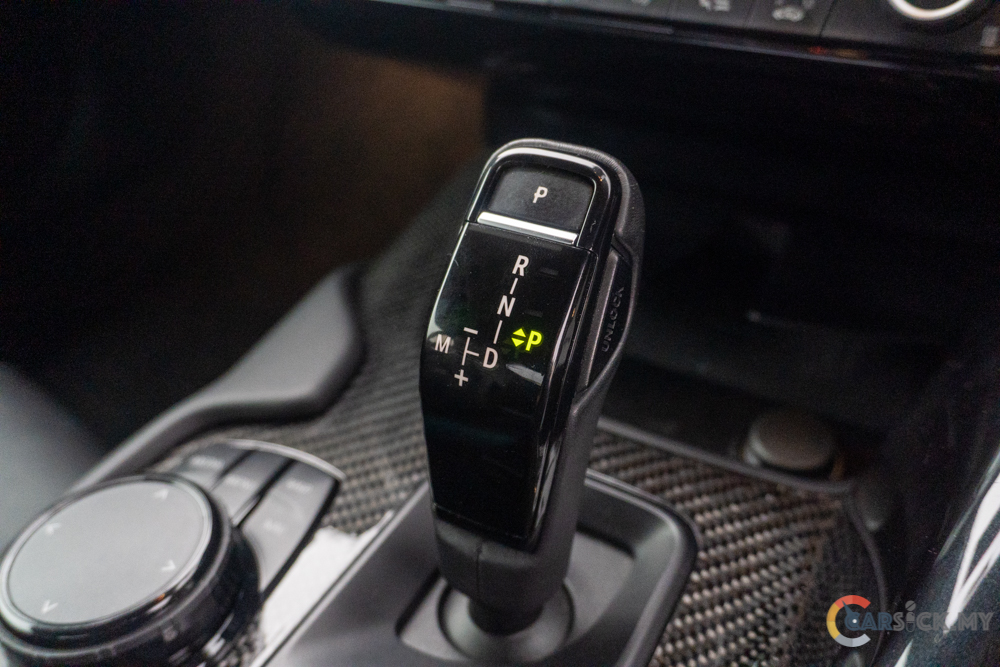

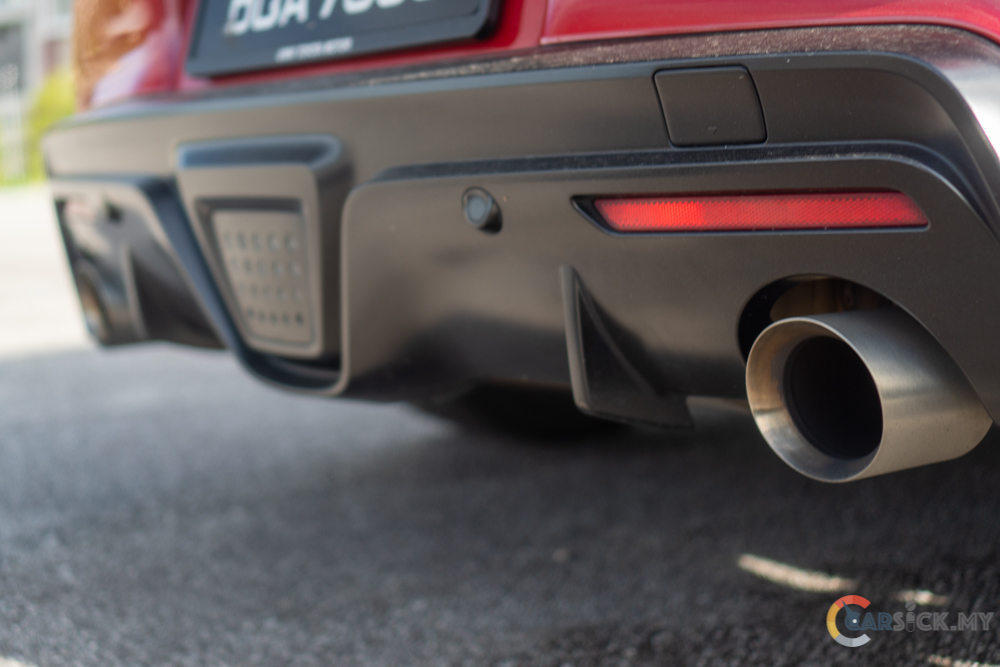
As the Supra is a high performance vehicle, the brakes have to be up to task to take all the abuse that the driver throws at it. And I’m happy to report that the Supra does get strong brakes to slow the car down. With only 1 spec of the Supra available in Malaysia, we do get a top of the line variant that has been loaded with a full list of safety and driver assistance systems. The safety systems that are available on the Supra include Anti-lock Braking System (ABS), Electronic Brake-force Distribution (EBD), Brake Assist (BA), Vehicle Stability Control (VSC), Traction Control (TRC), and Hill-start Assist Control (HAC). And for the driver assistance system, the Supra comes with Forward Collision Warning, Lane Departure Alert with Steering Assist, Adaptive Cruise Control, Adaptive High Beam System, Speed Limit Info, Emergency Stop Signal (ESS), Blind Spot Monitor (BSM), and Rear Cross Traffic Alert.
After spending a few days with the Toyota Supra, I did have an enjoyable time driving the sports car around. With a price tag of RM 589,987.00, it’s quite a huge commitment for any Malaysians to spend that amount of money for a weekend toy. Despite that, owners can still daily drive the Supra if they wanted to, as long as they don’t mind stepping in and out of such a low vehicle. As the world is slowly moving towards electric vehicles, it’s nice to see that Toyota still creates cars for the car enthusiast market. I do hope that Toyota would continue making these fun vehicles, and not revert to their old self of making boring vehicles.
Check out full photo album here. 